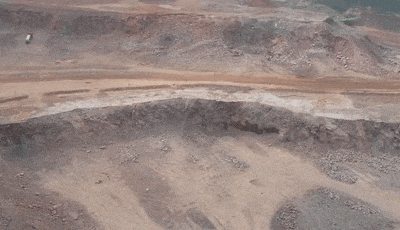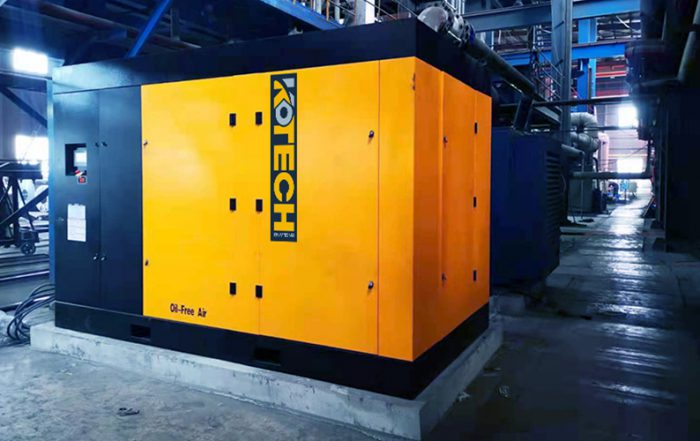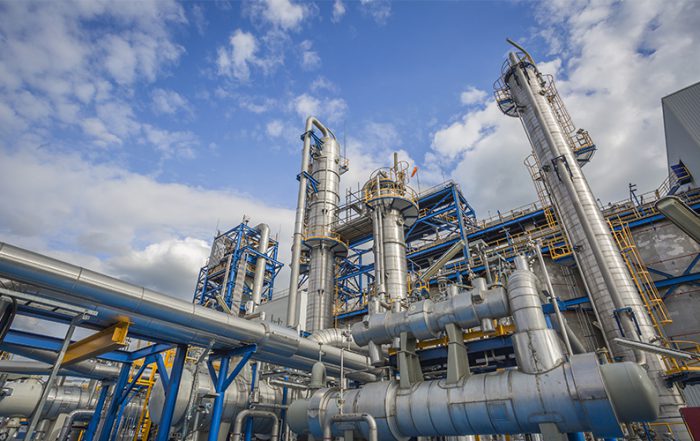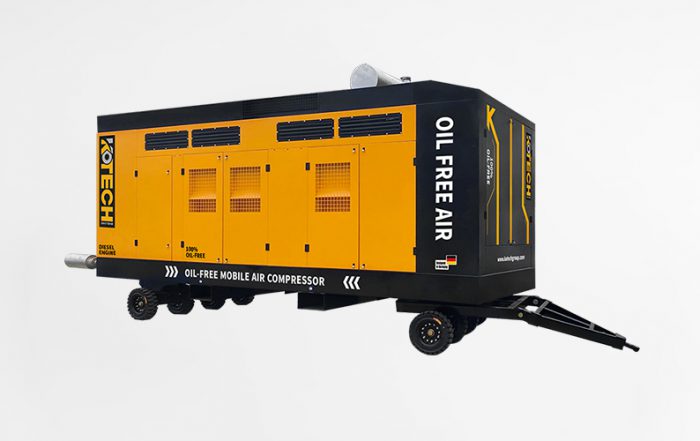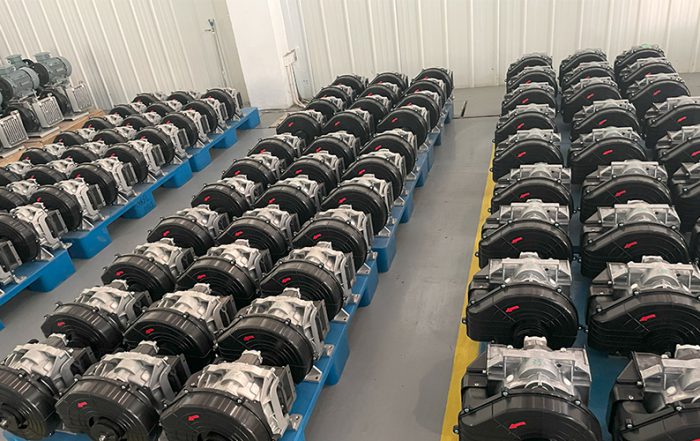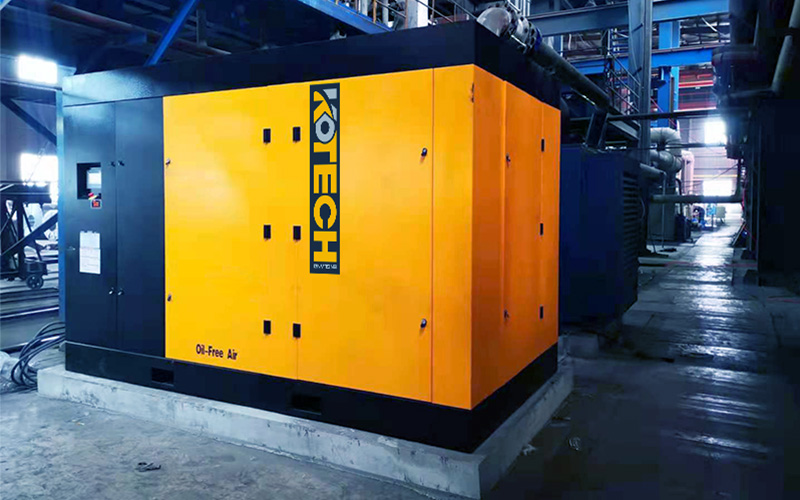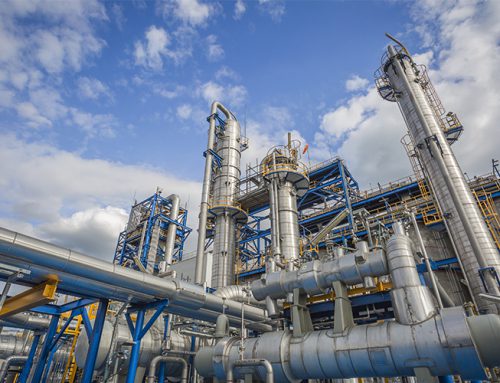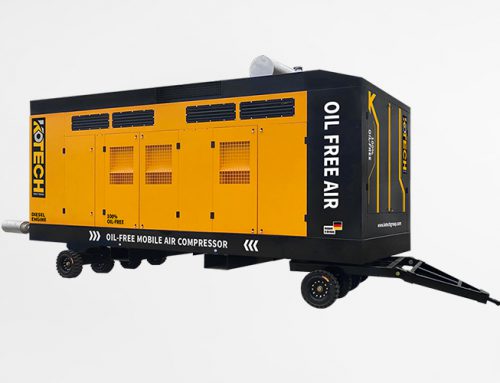Immense Power! Compressed Air Can Replace Explosives
On January 17, 2024, the China Sand and Stone Association approved the release of the “Compressed Air Energy Storage (CAES) Green Low-Carbon Wet Mining Drilling Production Line Construction Standards” (T/CAATB 007-2024), effective from April 17.
In recent years, open-pit mining has been increasingly large-scale and eco-friendly. Drilling is the first step in open-pit mining, and with industry development, issues such as high fossil fuel consumption, difficult dust control, and inadequate recycling and reuse in large-scale mining have become increasingly prominent. Coupled with the continuous surge in international crude oil prices and the tightening of national environmental and safety controls, the improvement of drilling technology is imperative.
Compressed Air Sparks New Productivity
The two major problems plaguing sand and gravel equipment manufacturing enterprises are:
- High energy consumption due to extensive use of fossil fuels.
- High costs, energy consumption, and risks associated with large electric roller drills used in large-diameter blasting, which affect drilling costs and efficiency.
- To solve these two problems, technological innovation must be adhered to, breaking the theoretical constraints of traditional drilling machinery.
In recent years, sand and gravel production enterprises have seized the opportunity of “dual carbon” goals, accelerating the promotion of green and low-carbon energy transformation. Green, low-carbon, safe, efficient, and lower cost have become the directions pursued by enterprises. The “Supercritical Liquid Air Energy (LAES) Non-Combustion Rock Fracturing” technology is a typical example of original and disruptive technological innovation.
This technology involves compressing and cooling air to low temperatures and then expanding it. It has a high energy density and can expand several times rapidly. It is a cryogenic energy source and a supplementary technology to traditional explosive blasting. Using cryogenic liquid air as a medium, it utilizes its physical property of rapid expansion to several times to transmit energy to rock or concrete structures to achieve destruction. In simple terms, it uses compressed air as energy to “replace explosives” for blasting. It can be applied to rock crushing projects, improving the mechanical construction efficiency of non-explosive rock fracturing projects. It can address issues such as 300-meter safety distance control design, complex terrain and water-rich area blasting flyrock, alleviate mining disputes caused by blasting vibrations, and reduce rock fragmentation rates.
Process Flow: Oil-free compressed air supply → Organic-free drilling → Energy storage tube placement → Distribution → On-site filling → Networked exhaust → Energy release → Conduit recovery

Technical Features:
- Low Vibration: Liquid air energy release is low vibration rock fracturing, with about 70% lower vibration than traditional explosive blasting, known as flexible rock fracturing. It is suitable for large-scale step blasting in medium-deep holes and slope pre-splitting. For sand and gravel aggregate mining, it has a significant effect on reducing the pulverization rate.
- Green and Low Carbon: Unlike general blasting technology, air blasting involves no chemicals or hazardous substances, posing no impact on the environment or human health. Only slight noise and gas release are generated during the work process, without causing any pollution to the surrounding environment.
- No Hazardous Chemicals: Air energy blasting does not use flammable or explosive materials, thus eliminating safety hazards associated with explosives. Additionally, it does not produce sparks or static electricity, making it safer to use in flammable and explosive environments.
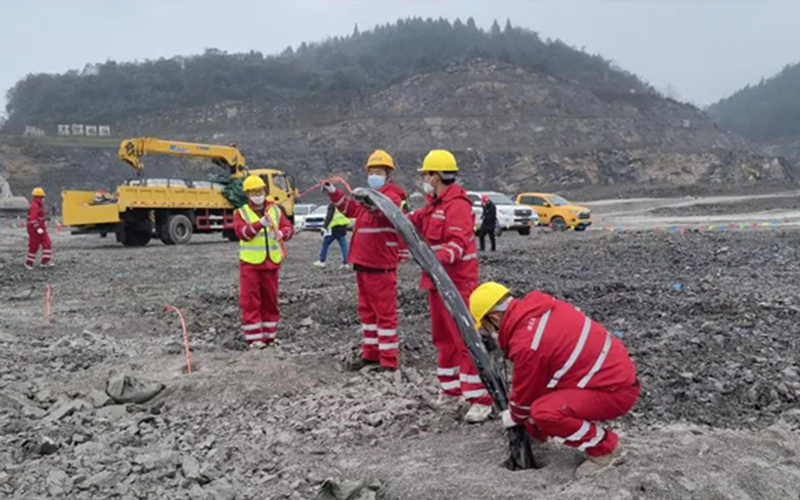
This technology, with its outstanding characteristics of green, low-carbon, safe, efficient, and low cost, can be widely applied in mining engineering, water conservancy and hydropower, pumped storage, and other related fields. It has already undergone successful adaptability tests in hydropower projects, sand and gravel mines, and highways.
